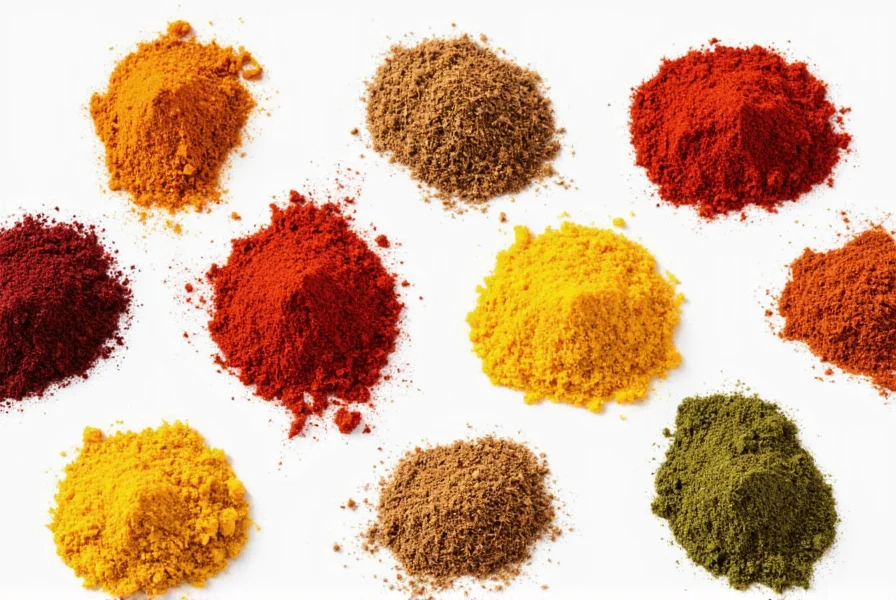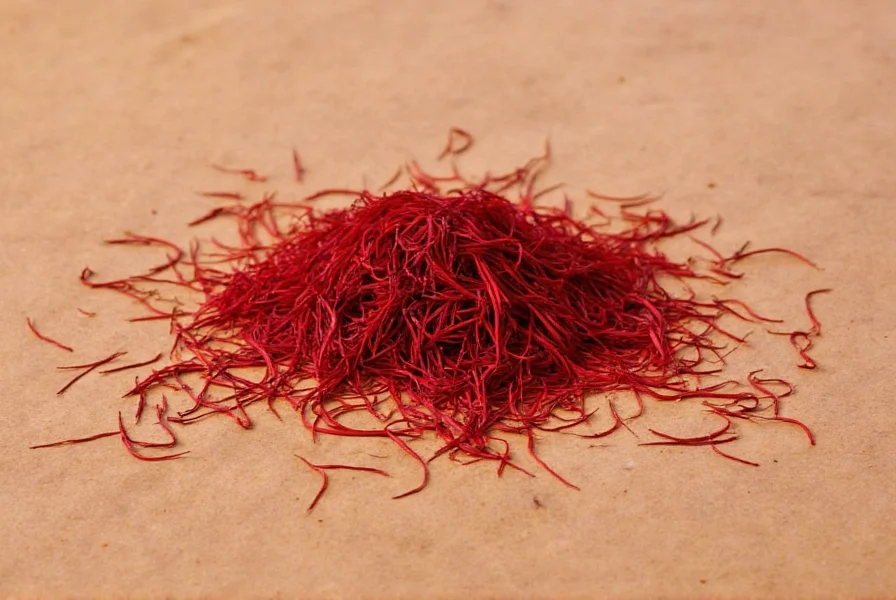Saffron's flavor profile is a complex blend of earthy, floral, and slightly sweet notes with a subtle hay-like undertone. This unique combination makes it one of the most distinctive spices in the world. Harvested from the stigmas of the Crocus sativus flower, saffron's taste is difficult to replicate with other spices, earning its reputation as "red gold" in culinary traditions worldwide.

Understanding Saffron's Flavor Profile
The flavor and aroma of saffron are defined by three key components:
Taste Characteristics
- Earthy: Grounding, soil-like depth that adds richness to dishes
- Floral: Delicate notes similar to dried flowers or fresh hay
- Slightly Sweet: Subtle honeyed finish without overt sweetness
Aroma Profile
- Metallic (pleasantly sharp)
- Spicy
- Sweet-woody
| Characteristic | Description |
|---|---|
| Taste | Earthy, floral, slightly sweet |
| Aroma | Spicy, metallic, sweet-woody |
| Color Contribution | Golden-yellow infusion |

How Saffron's Flavor Develops
Saffron's unique taste comes from three key compounds:
- Picrocrocin: Provides the bitter notes that balance the sweetness
- Safranal: Creates the distinctive aromatic profile
- Crocin: Responsible for the vibrant golden color
The specific terroir where saffron is grown (Iranian saffron is considered highest quality), harvesting methods, and processing all affect the balance of these compounds. Proper storage in airtight, dark containers preserves these flavor compounds.
Common Misconceptions About Saffron Flavor
- "Saffron tastes like turmeric" - False. While both are yellow, turmeric has an earthy, mustard-like flavor without saffron's floral complexity
- "Saffron is always sweet" - Incorrect. High-quality saffron has balanced sweet and bitter notes; poor quality or overused saffron becomes bitter
- "Saffron flavor is strong" - Misleading. Saffron's flavor is actually subtle and delicate; too much can make dishes bitter
How to Taste Saffron Properly
- Soak 5-10 threads in 2 tablespoons of warm water or milk for 20 minutes
- Swirl the liquid gently and inhale the aroma
- Take a small sip to experience the full flavor profile
- Notice the gradual release: floral first, then earthy, with a lingering honeyed finish
FAQ About Saffron Flavor
What does saffron taste like?
Saffron has a complex flavor profile characterized by earthy depth (like fresh soil after rain), floral elegance (similar to dried flowers but more subtle), and a warm hay-like note with a delicate honeyed finish. It's not overpowering but adds sophisticated depth to dishes without dominating other flavors.
Is saffron sweet or bitter?
Saffron is neither distinctly sweet nor bitter. High-quality saffron has a balanced flavor profile with subtle honeyed sweetness balanced by gentle bitterness from picrocrocin. When used properly, it should never taste bitter. Overuse or poor quality saffron can develop unpleasant bitterness.
How would you describe saffron flavor in culinary terms?
Professional chefs describe saffron as adding "golden complexity" to dishes. It enhances other flavors without overpowering them, providing a sophisticated background note that's difficult to replicate. It's often compared to the difference between a simple melody and a richly orchestrated symphony.
Does saffron taste like anything else?
Saffron's flavor is unique, but some detect similarities to: fresh hay, dried lavender, honeyed grass, or the floral notes in certain teas. However, no other spice combines these elements in the same way. Its complexity comes from the precise balance of safranal, picrocrocin, and crocin compounds.
Why does saffron taste the way it does?
Saffron's unique flavor comes from three key compounds: picrocrocin (bitter notes), safranal (aromatic profile), and crocin (color). The specific terroir where saffron is grown, harvesting methods (only red stigmas are used), and careful drying process concentrate these compounds. Iranian saffron from Khorasan province is particularly prized for its optimal compound balance.
Ready to experience saffron's true flavor? Start with a small pinch (15-20 threads) soaked in warm liquid for your next dish. Remember: less is more with this precious spice!










 浙公网安备
33010002000092号
浙公网安备
33010002000092号 浙B2-20120091-4
浙B2-20120091-4